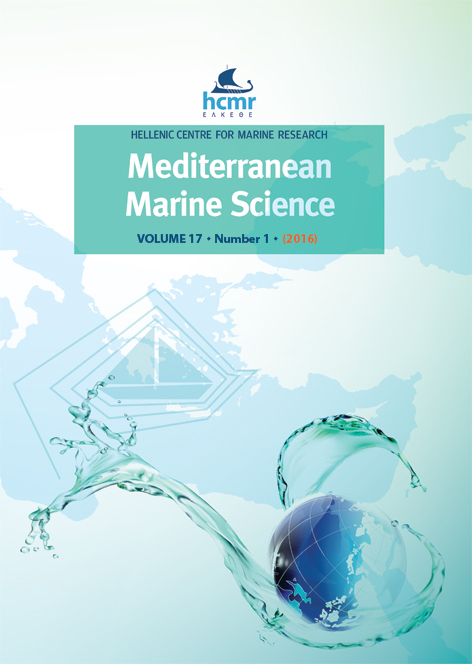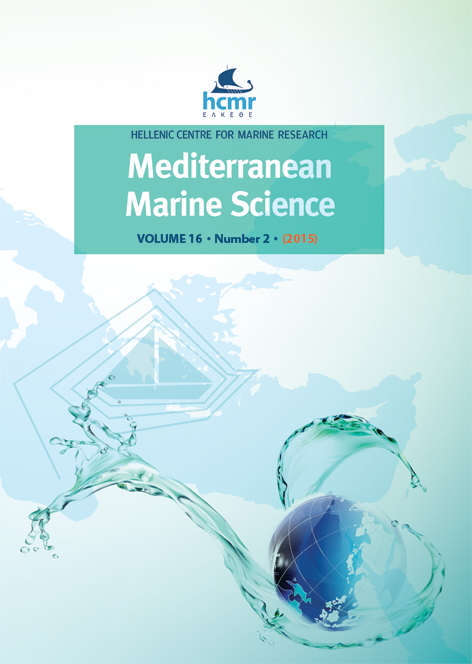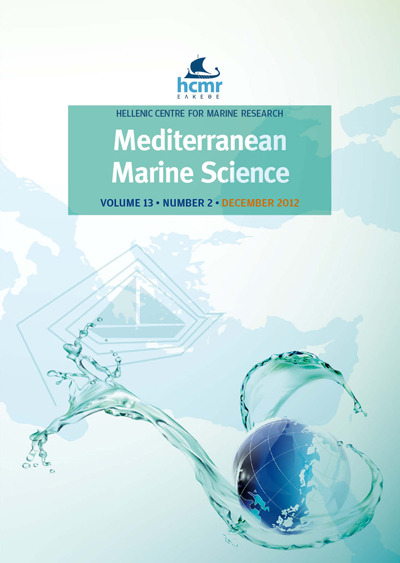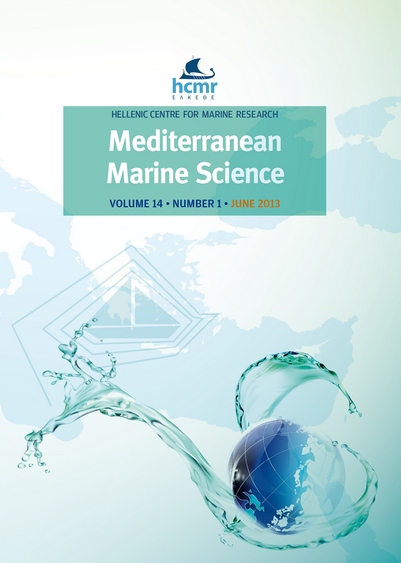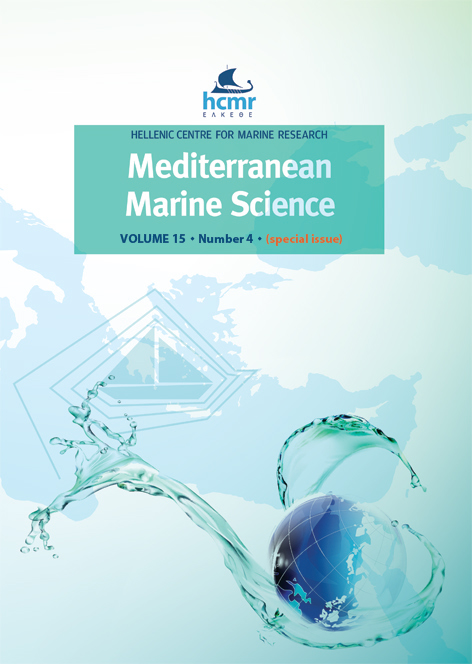Intercomparison of five nets used for mesozooplankton sampling
Аннотация
Intercomparison of nets commonly used for mesozooplankton sampling in the Black and Mediterranean seas was attempted within SESAME (Southern European Seas: Assessing and Modelling Ecosystem Changes) project. Five nets were compared: three Juday nets equipped with 150 μm, 180 μm and 200 μm mesh size, Nansen net (100 μm mesh size) and WP2 (200 μm mesh size). Replicated samples were collected at one station in the western Black Sea offshore waters in April 2009. Collected samples were analyzed at species level (except for meroplankton), stages (for copepods) and size length. A decrease of total abundance values was observed with increasing mesh size, due to the significantly higher numbers of animals smaller than 1 mm in the samples obtained by fine mesh size than with coarser nets. Few comparisons were revealed significant for the abundance of animals with 1-2 mm length, while no significance was detected for specimens larger than 2 mm. The above differences resulted in discripancies between nets regarding species and stages composition. Biomass values did not differ significantly between nets, due to the strong contribution to total biomass of the large animals fraction (Calanus euxinus). The smallest and the largest animals revealed high variability between replicates collected by Nansen, Juday- 200 μm and WP2 nets. Correction factors were calculated for the conversion of abundance values between each couple of nets. The detected differences between nets regarding the abundance and biomass, the community taxonomic composition and size structure, as well as the estimated correction factors, provide useful information for the harmonization of data obtained by the above nets in the Black Sea.
Article Details
- Как цитировать
-
ALTUKHOV, D., SIOKOU, I., PANTAZI, M., STEFANOVA, K., TIMOFTE, F., GUBANOVA, A., NIKISHINA, A., & ARASHKEVICH, E. (2015). Intercomparison of five nets used for mesozooplankton sampling. Mediterranean Marine Science, 16(3), 550–561. https://doi.org/10.12681/mms.1100
- Выпуск
- Том 16 № 3 (2015)
- Раздел
- Research Article
Authors who publish with this journal agree to the following terms:
- Authors retain copyright and grant the journal right of first publication with the work simultaneously licensed under a Creative Commons Attribution Non-Commercial License that allows others to share the work with an acknowledgement of the work's authorship and initial publication in this journal.
- Authors are able to enter into separate, additional contractual arrangements for the non-exclusive distribution of the journal's published version of the work (e.g. post it to an institutional repository or publish it in a book), with an acknowledgement of its initial publication in this journal.
- Authors are permitted and encouraged to post their work online (preferably in institutional repositories or on their website) prior to and during the submission process, as it can lead to productive exchanges, as well as earlier and greater citation of published work (See The Effect of Open Access).

